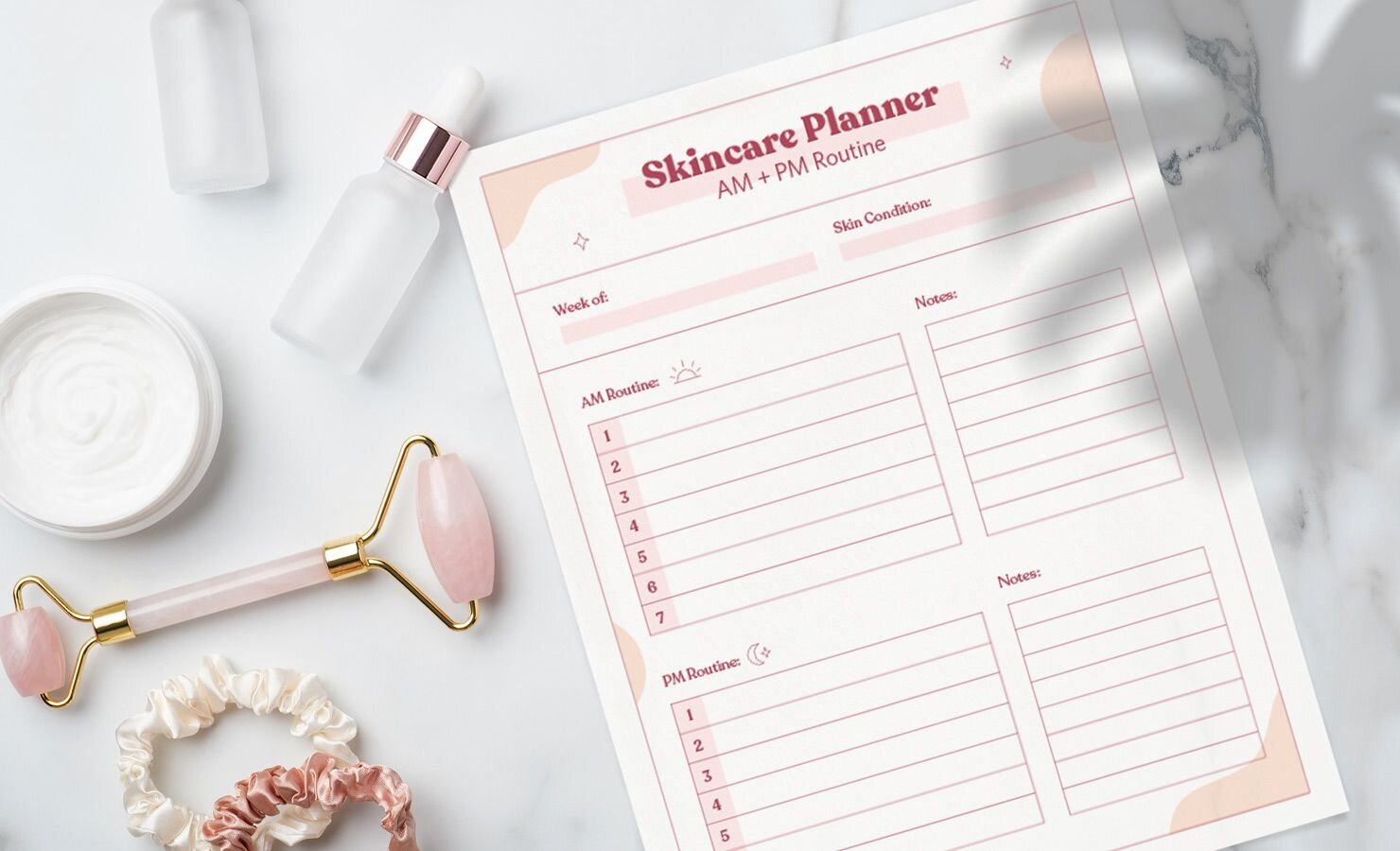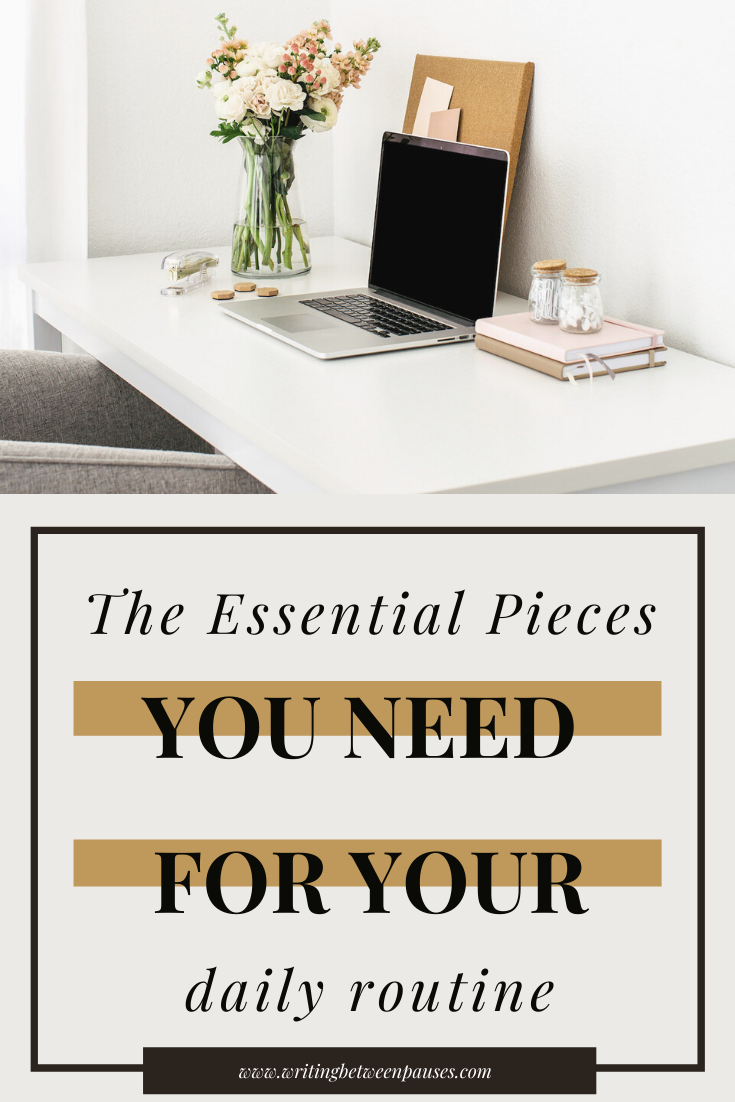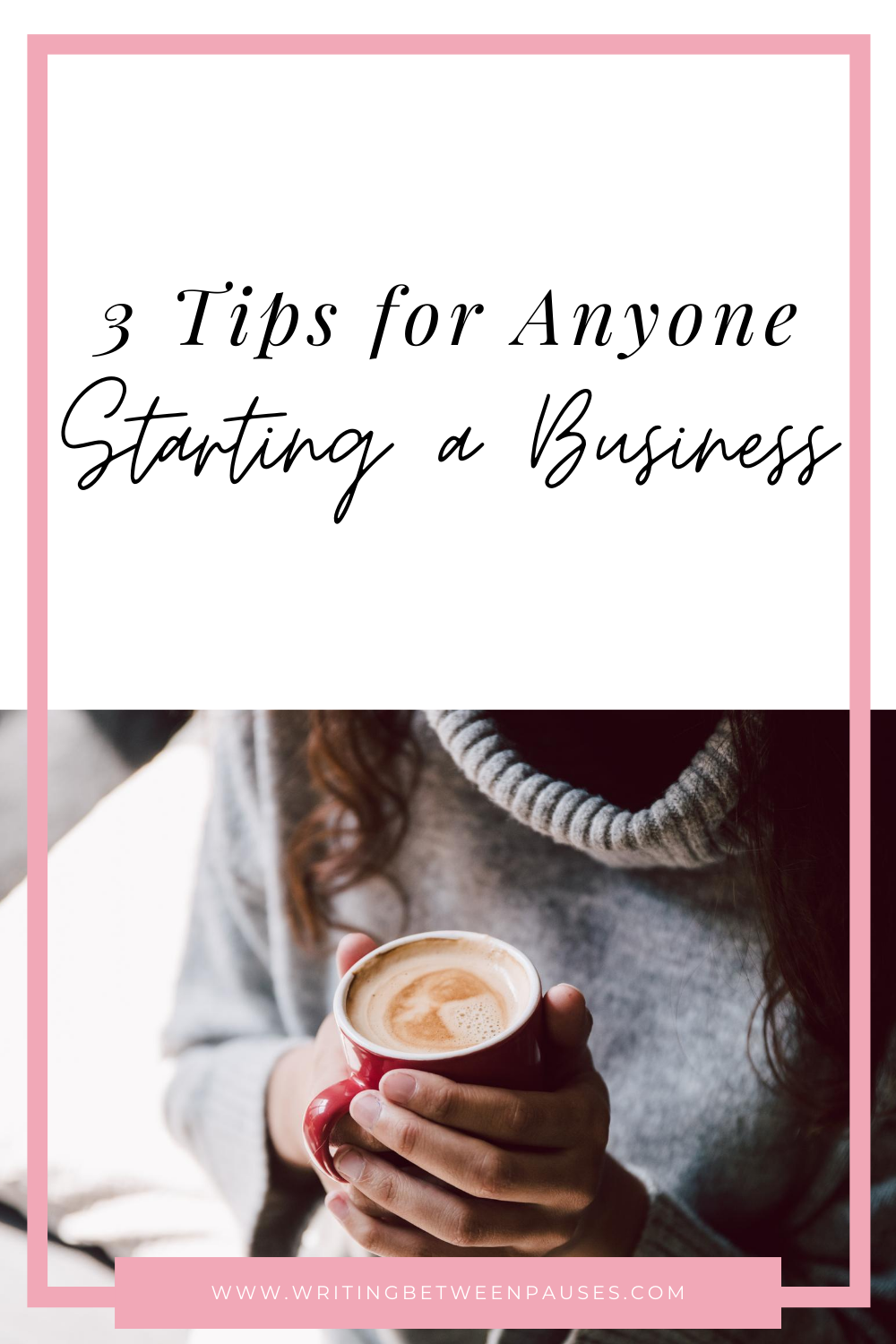Hello there! I’m so excited to bring you a guest post from Fragrance X, a fantastic resource for fragrances and more. I hope you enjoy!
Lets face it, finding the perfect skincare routine can seem almost impossible. With the endless amount of skincare products and complicated routines, it can be very overwhelming. Where do you even start?
The first step is to understand which skin type you have. That way, you know what products to look for (and what to avoid!). Here’s a quick recap if you aren’t sure which skin type you have:
Dry skin - Your face feels tight and there might be noticeable flaking. You easily scar and there are irritated red patches on your face. Hydration is the most important thing for you!
Oily skin - Your face is shiny and feels greasy throughout the day. If you take a piece of tissue or blotting paper and it comes back damp, then it’s likely you have oily skin! Daily cleanse and exfoliation are the most important things for you!
Combination skin - You break out in your t-zone (forehead, nose and chin), but the rest of your face feels dried out. Balancing your pH is the most important thing for you!
Now that you can identify which skin type you have, let’s move on to how to master the order of your skincare routine. To keep it simple and organized, download this handy skincare routine planner that sets you up for success.
Morning Skincare Routine:
Starting off your day with a morning beauty routine that helps energize you is super important. When you wake up, your skin needs nourishment. Follow this six step morning skincare routine to give your skin some refreshment!
Step 1: Cleanser
Cleansing your face with a gentle cleanser is the perfect way to start off your skincare routine. Opt for a cleanser that’s gentle but suitable for your skin type. Remember to be gentle and rub in circular motions rather than scrubbing with something too harsh like a washcloth.
Step 2: Toner
After cleansing, it’s time to apply a toner! Toners are great for balancing your skin’s ph (which gets acidic overnight) and is the mediator between cleansing and applying other skin care products.
Step 3: Serum
Serums are foundational for providing your skin with the vitamins it needs to be healthy. Serums are full of nutrients, making them the fruits and vegetables of your skincare routine. Opt for one with Vitamin C, as it brightens and tightens your skin while also creating a protective barrier against UV rays and pollutants.
Step 4: Eye Cream
The skin around your eyes is super thin, so you’ll start to see aging around your eyes first. Start early and find an eye cream with peptides, Vitamin K, caffeine, or shea butter to combat early aging and dark circles!
Step 5: Moisturizer
No matter which skin type you have, you don’t want to skip the moisturizer! A moisturizer locks in moisture and provides the skin with extra hydration. Apply one when your skin is slightly damp and wait for it to sink in before applying any makeup.
Step 6: SPF
You’ve probably heard it enough, but SPF is extremely important to wear everyday! Even if it’s a rainy day or you plan to spend your day indoors, sunscreen is always a must! It protects your skin from harmful UV rays that cause cancer, premature aging, and acne scarring.
Evening Skincare Routine:
After a long day, you and your skin have been through a lot together. It’s time to recuperate and recover with this six step evening skincare regimen!
Step 1: Double Cleanse
Cleansing your skin twice a day may sound like overkill, but it’s actually very beneficial. The first cleanse (an oil based cleanser) is to loosen up any dirt, oil and makeup that built up throughout the day. The second cleanse (which can be the same cleanser as your gentle morning wash) is to actually wash those things away.
Step 2: Toner
This step is optional in the evening, depending on what skin type you have. If you have oily skin, opt for only toning once a day, preferably in the morning.
Step 3: Eye Cream
Look for an evening eye cream that is centered around hydration more than anything else. Eye creams that include ingredients like shea butter are ideal for an evening routine.
Step 4: Spot Treatment
If you have any blemishes, a spot treatment is great for zapping it overnight. Be careful not to overdo it and only apply the treatment on the affected area.
Step 5: Moisturizer
As you sleep, your skin loses hydration. For sensitive skin, you can use the same moisturizer you use in the morning. However, a thick night cream is great for creating a layer to retain your skin's moisture - perfect for those with dry skin.
Step 6: Retinoids
Retinoids are great for anti-aging and preventing acne. However, you’ll only want to apply this step three times a week rather than every night. If you have sensitive skin, ease into this step and try it out once a week first. As always, consult your dermatologist before using any specific products or treatments.
The journey to clear and supple skin won’t happen overnight. Even if you have the best products and a strict skincare regimen, that doesn’t always mean our skin will cooperate. Regardless, anchor your skincare to the foundations outlined here. Most of all, love the skin you’re in!




























